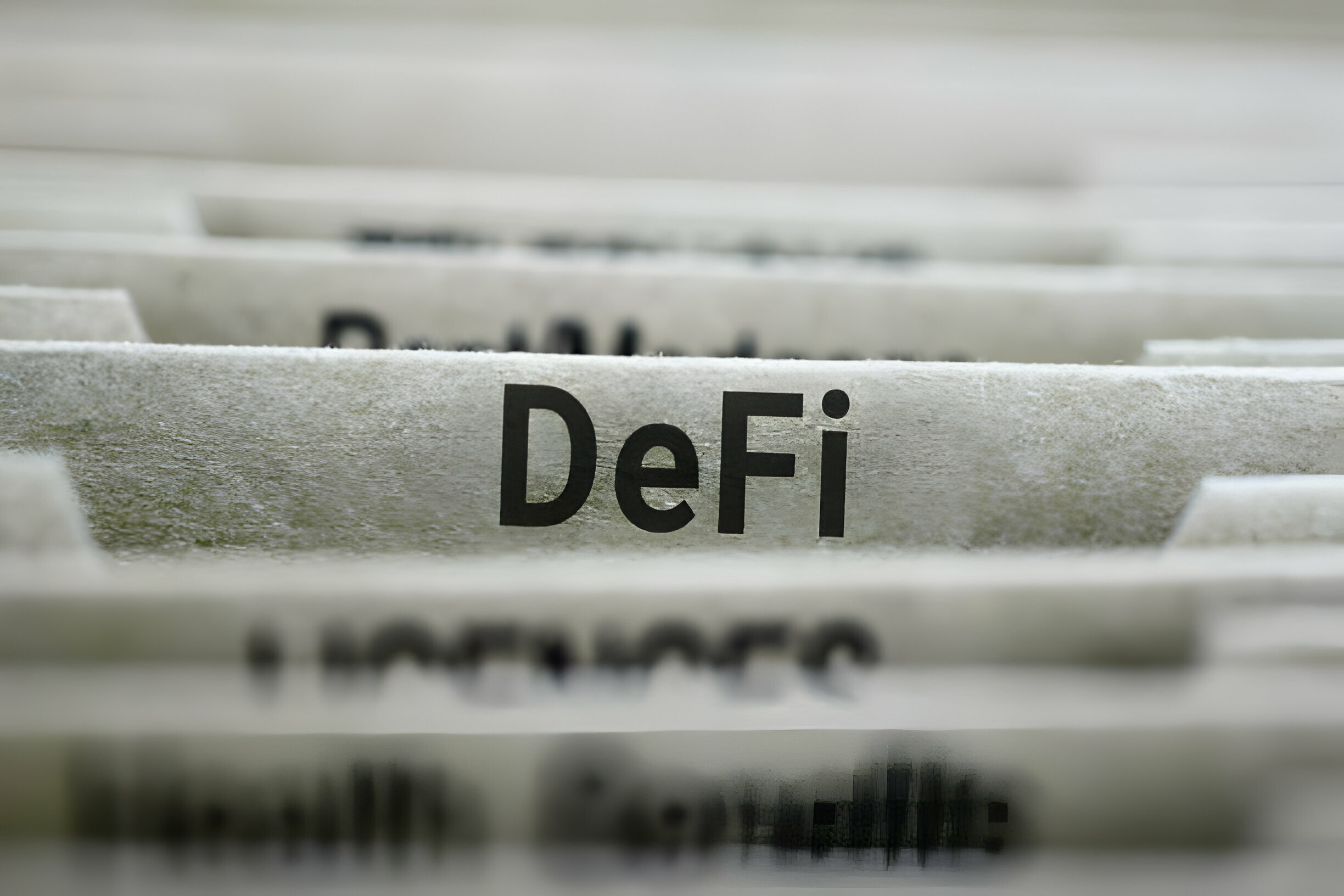Uniswap Labs, the software development company behind the decentralized exchange (DEX) Uniswap, was served with a Wells Notice by the US Securities and Exchange Commission (SEC) on Wednesday, which could result in an Enforcement Action.
Amid these regulatory challenges, Uniswap Labs has partnered with Across, a cross-chain protocol, to propose a new standard for cross-chain intents.
Uniswap Labs And Across Collaboration
The joint proposal announced Thursday introduces a new standard for cross-chain intents that enables end-to-end interoperability between intent-based systems through a universal filler network.
Cross-chain intents involve transferring or interacting with assets and protocols across multiple blockchain platforms.
To initiate the process of creating an Ethereum Request for Comment (ERC) around this standard, Uniswap Labs and Across plan to present the standard to the CAKE Working Group for further discussion and review.
Furthermore, UniswapX, the upcoming project by Uniswap Labs focusing on cross-chain functionality, will be the first adopter of the new ERC. By integrating support for cross-chain functionality, UniswapX aims to improve the user experience and expand the scope of its services.
Intent-Based Systems
The Uniswap Labs team stated that cross-chain protocols have traditionally adopted various approaches to connect activities between blockchain networks. While messaging-based designs have been popular, they “suffer from slow transfer finalization and high costs.”
Intents-based approaches offer a “more efficient” solution for the software development company. Uniswap Labs further asserts that by allowing users to specify the desired end-state of the chain, intents-based systems enable a network of fillers to compete and fulfill the user’s outcome quickly and cost-effectively.
However, until now, each intent-based system has operated through its network, resulting in delays and alleged “centralization risks,” according to the company.
The announcement also notes that the proposed standard establishes rules at Ethereum’s application layer, allowing independent intent-based systems to “interoperate easily.”
Lower Costs And Faster Order Delivery?The ‘CrossChainOrder’ and ‘CrossChainSettler’ components are central to the proposed standard. The ‘CrossChainOrder’ struct defines key parameters of the user’s order, including the deadline for order fulfillment or delivery, the settlement contract that holds user funds, and implementation-specific data.
The ‘CrossChainSettler’ interface specifies the functions settlement contracts must implement to resolve and initiate implementation-specific orders on-chain.
By adhering to this ERC standard, users can reportedly sign cross-chain orders that conform to a unified specification. Whether interacting with UniswapX, Across, or other systems, the company claims that users follow the same standard, enabling cross-chain applications to share filler sets through a universal network.
This approach is said to eliminate siloed networks and reduce reliance on a few fillers, thereby improving decentralization and reducing the risks associated with centralized fillers.
Ultimately, the company believes establishing a unified standard for intent-based systems will significantly improve the user experience for applications, fillers, and end users. The Uniswap Labs team concluded by stating:
Fillers have a lower entry barrier, and lower costs, and they can capture more order flow instead of specializing for a single application. Applications can route their users’ intents through a wider, more competitive network. And users get faster fills and lower costs because the fillers operate with greater capital efficiency.
The receipt of the SEC’s Wells Notice by Uniswap Labs has significantly impacted the UNI token, leading to a notable downtrend in its price. Over the past 24 hours alone, the token has experienced a price drop of more than 21%.
This downward trend has extended to nearly 35% over the past month, resulting in the current trading price of $8.820.
Featured image from iStock, chart from TradingView.com





